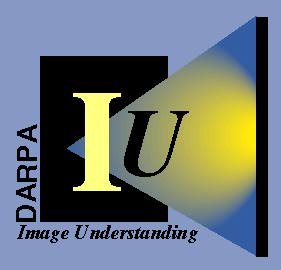
A Forest of Sensors
Overview

 |
A Forest of Sensors
|
 |
The Forest of Sensors project is the MIT AI Lab's video surveillance and monitoring (VSAM) testbed. While there are many VSAM projects (see Related Links), our project is set apart by its three primary goals- persistence, full coverage, and automated configuration and processing.
![]()
Above is an aerial picture of the area surrounding the MIT AI Laboratory. Overlaid onto this map are the approximate footprints of the five cameras which are currently being used to track people and cars.
Many of the results on this site are visible only through a set of Java Applets. These tools were primarily used for development purposes. They allow us to review tracking data, filter them, score them, sort them, and classify them. The casual observer should use them primarily as a virtual VCR. If you would like to get more involved, see the Applet Instructions.
To the left, you should see an outline of the material on this site. This will help you navigate through the material in this site. If you do not see the outline click here or see the TroubleShooting Page. There is also a more detailed (and dated) project overview available that covers some material not yet incorporated into our new site.